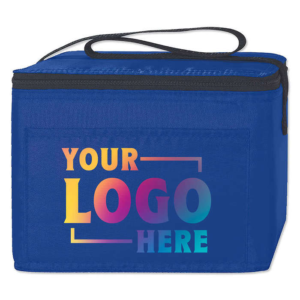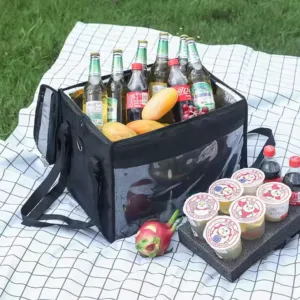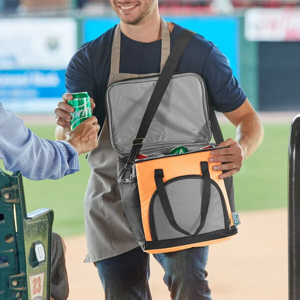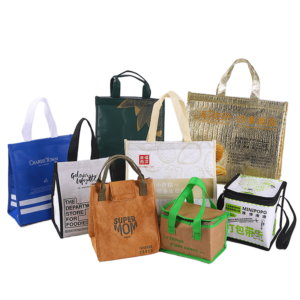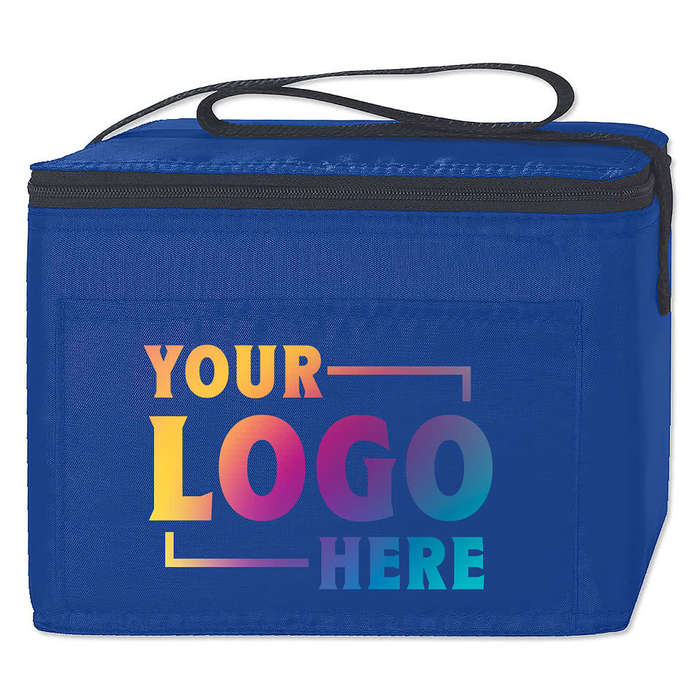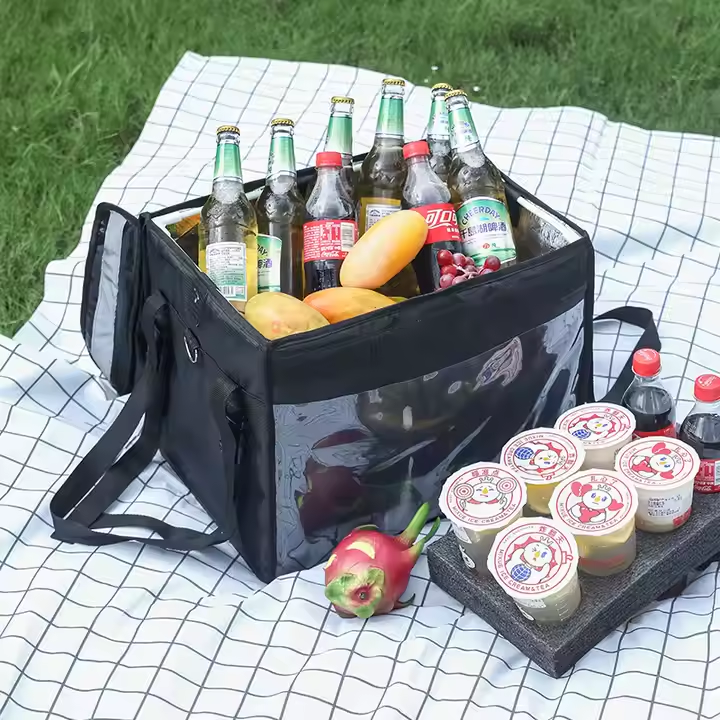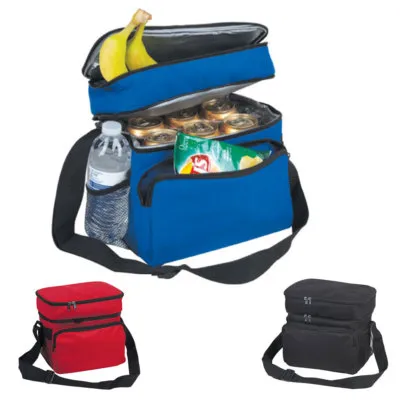Disadvantages of Traditional Paper Bags
-
Not Waterproof or Oil-Resistant
Traditional paper bags soften and tear easily when wet, making them unsuitable for takeout or damp environments. Oil stains can seep through, contaminating the bag surface and affecting appearance and usability. -
Easily Damaged
Paper bags have low load-bearing capacity and are prone to tearing when carrying heavy or sharp objects. They can also wear out or get scratched during handling, limiting their practical use. -
Can Cause Hand Injuries
Edges of paper bags, especially thick ones or those cut by machines, are often sharp and can easily cut fingers or hands, posing a safety risk during use. -
Low Reusability
Compared to non-woven or Oxford fabric bags, paper bags have a shorter lifespan and tend to deform or tear after repeated use. -
Not Suitable for Long-Term Storage
Paper bags absorb moisture easily and can develop mold if stored for long periods, especially in humid climates, which reduces their durability. -
Limited Aesthetic Appeal
The surface of paper bags wrinkles easily and shows creases, and printing quality is less stable and attractive compared to fabric or plastic bags, which can hurt brand image. -
Cost and Environmental Trade-Offs
High-quality paper bags are relatively expensive, and although biodegradable, their production consumes significant amounts of pulp and energy, so they are not an absolutely eco-friendly option.
Advantages of Non-Woven Bags (Corresponding to Paper Bag Disadvantages)
-
Waterproof and Oil-Resistant for Greater Peace of Mind
Non-woven fabric has a certain degree of water repellency and can be laminated to enhance waterproof and oil-resistant properties, making it ideal for packaging takeout food, cold drinks, fresh produce, and other moisture-prone items. -
Durable and Tear-Resistant
Non-woven bags are made of tough material with good load capacity, able to carry heavier items. They resist tearing from sharp objects and are abrasion and pull resistant, suitable for everyday multi-purpose use. -
Soft Edges that Don’t Hurt Hands
Edges are heat-cut or sewn with smooth finishes, providing a soft touch that prevents cuts and enhances user comfort—especially important for frequent handling by customers or staff. -
Highly Reusable and Cost-Effective
A single non-woven bag can be used dozens of times, making it perfect for long-term promotional use or giveaways. They are dirt-resistant, durable, and easy to clean, far outlasting paper bags. -
Moisture-Resistant and Easy to Store
Non-woven fabric absorbs very little moisture, resisting mold and deformation, making it suitable for storage, transport, and long-term use. It also holds its shape when wet, ideal for outdoor or delivery scenarios. -
Neat Appearance with Excellent Printing Quality
The bag surface is smooth and wrinkle-resistant. It supports various printing methods such as screen printing, heat transfer, and lamination, resulting in clear, attractive graphics. Available in customizable colors and styles to effectively showcase your brand. -
Truly Eco-Friendly and Waste-Reducing
Non-woven bags can be reused and recycled multiple times, significantly reducing single-use waste. Made from environmentally friendly PP materials, some models also use recyclable materials certified by standards like GRS, making them a greener choice.


